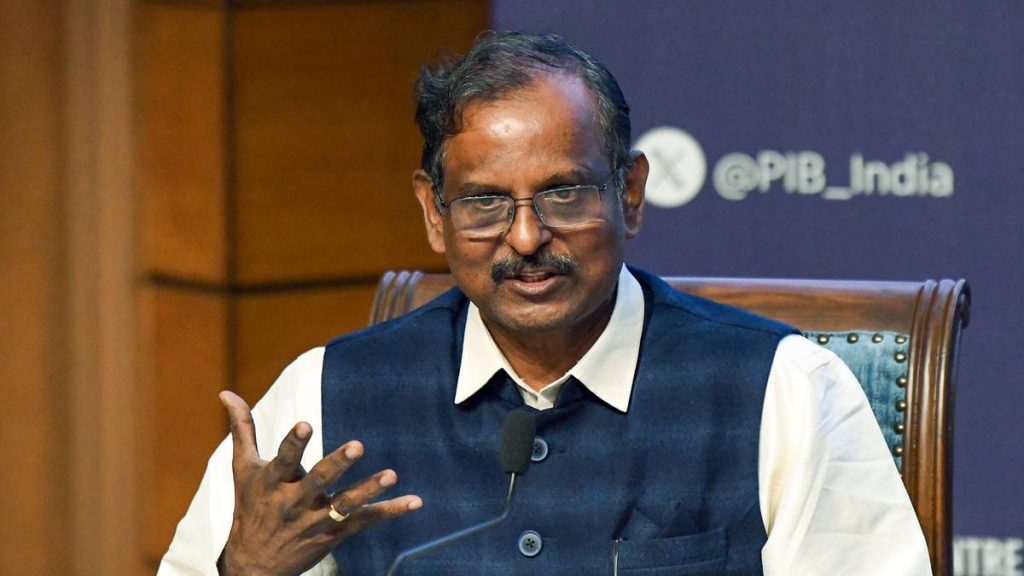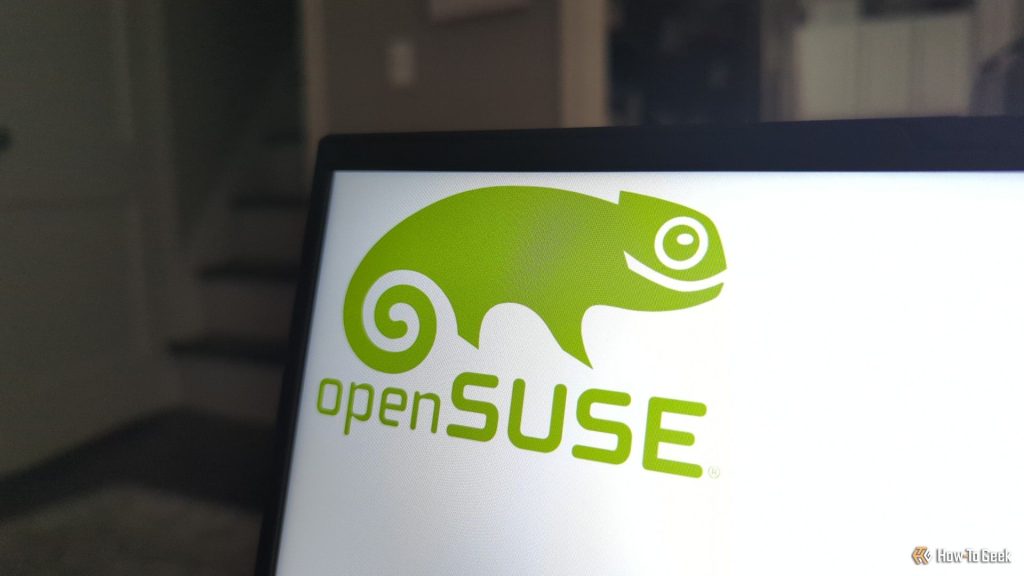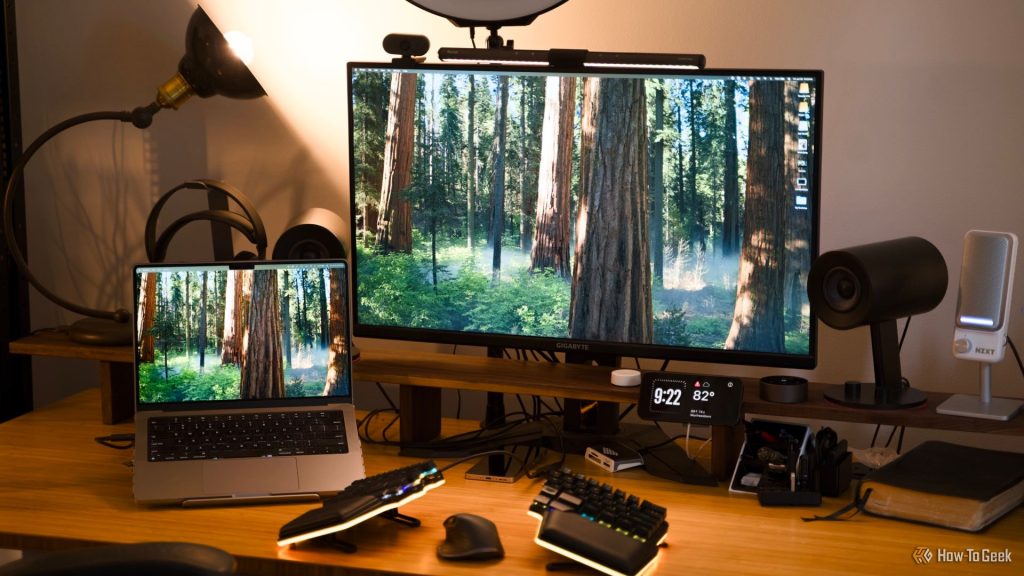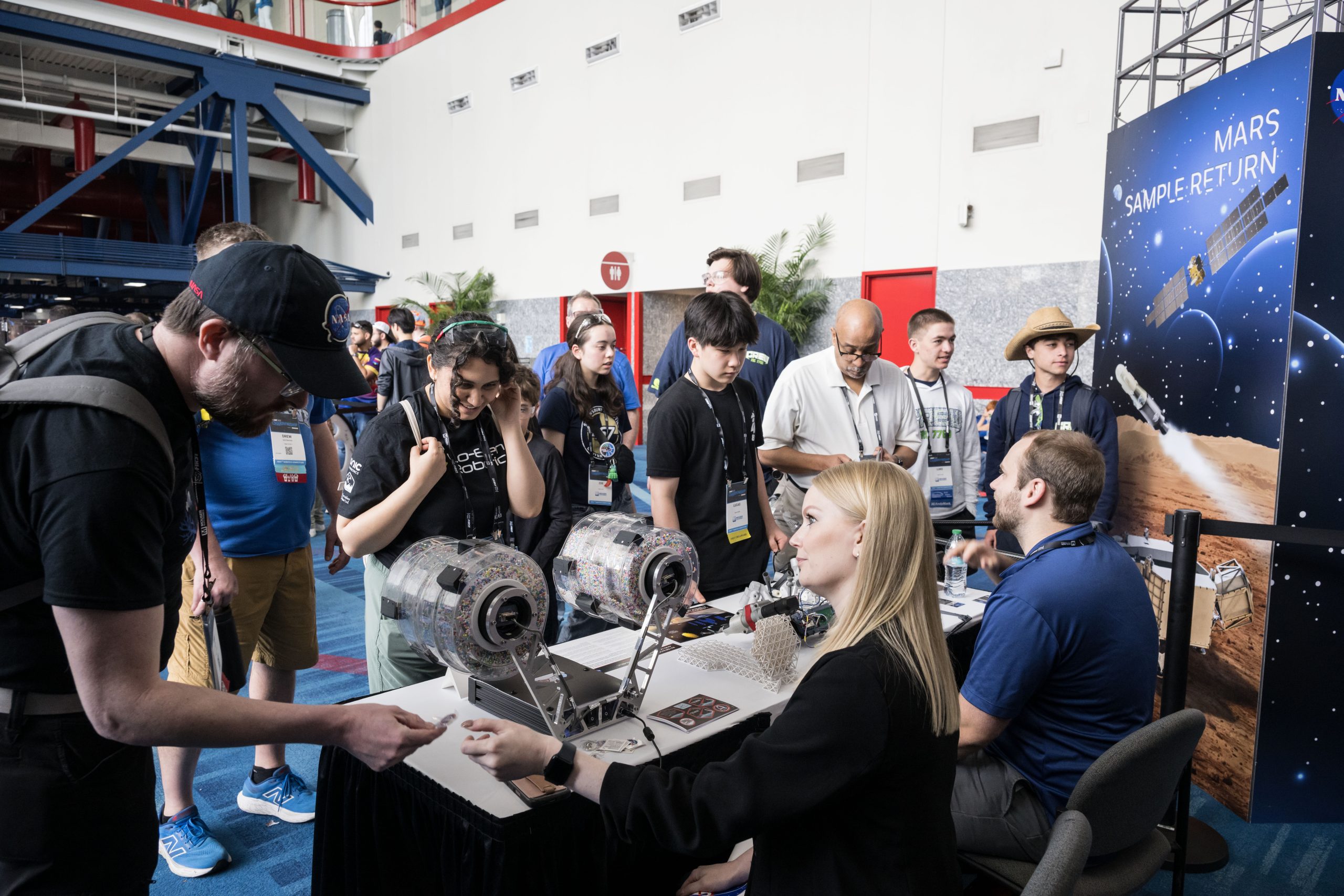Now Reading: NASA Tests Precision Landing Tech at Kennedy for Future Missions
-
01
NASA Tests Precision Landing Tech at Kennedy for Future Missions
NASA Tests Precision Landing Tech at Kennedy for Future Missions

fast Summary
- NASA is developing precision landing technologies for the Moon, mars, and other challenging terrains under the Safe & Precise Landing – Integrated Capabilities Evolution (SPLICE) program.
- A triumphant field test of hazard detection technology took place at Kennedy Space Center in Florida, featuring Goddard Hazard detection Lidar from a helicopter.
- The system processes 15 million short laser pulses in real time too create 3D maps of terrain for precise landing and obstacle avoidance. It can map an area equivalent to two football fields in just two seconds.
- Maps generated by the lidar system are integrated into SPLICE’s Descent and Landing Computer (DLC) to determine safe landing locations via advanced navigation, guidance, and flight software.
- The test also involved contributions from NASA’s Jet Propulsion Laboratory and contractors like Draper Laboratories and Jacobs Engineering for hazard detection algorithms and motion compensation software updates.
- Preliminary reviews show excellent terrain reconstruction during testing despite vibration-heavy conditions; additional testing is planned through 2026 for further enhancements.
- Besides lunar landings, SPLICE technology is being explored for potential use on missions like Mars Sample return, Europa Lander projects, Commercial Lunar Payload services flights, Gateway systems upgrades and also active terrain mapping innovations under NASA’s ATRN program.
Indian Opinion Analysis
NASA’s advancements in precision lunar landing technologies have far-reaching implications not just within planetary exploration but also across other aerospace endeavors globally. For India-a rising space power with its own lunar ambitions-the progress of tools like SPLICE opens critical avenues for learning or complementing indigenous innovation efforts such as Chandrayaan programs under ISRO. With international collaborations shaping modern space exploration dynamics more than ever before-India may find shared interests here especially towards safer controlled maneuvers necessary amid rugged off-Earth terrains/blocking hazards systematic solutions increasingly needed perspective strategic utility possibly crucial advancements alongside nation’s long-term aspirations broader participating ecosystem index global technological stack summit holds takeaways unmatched !




























